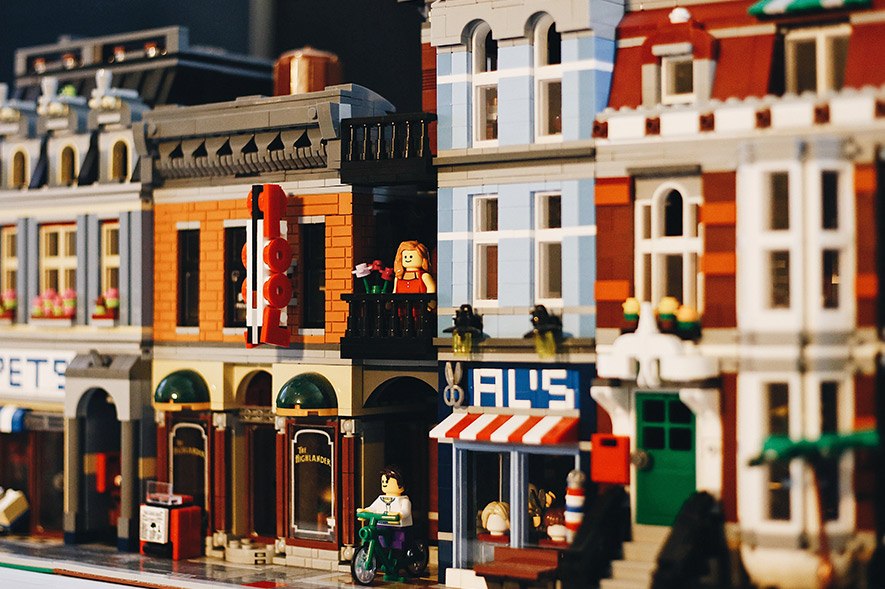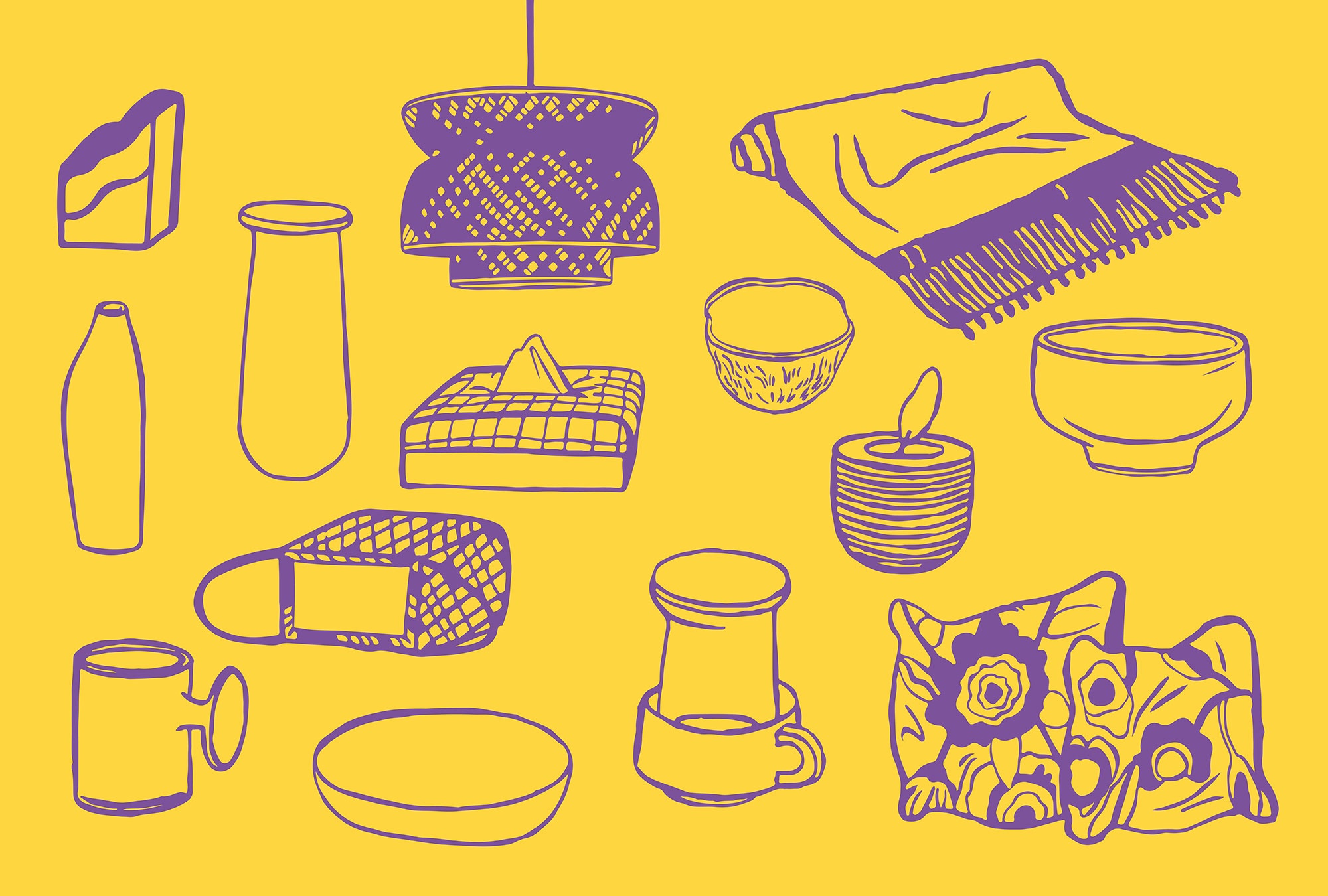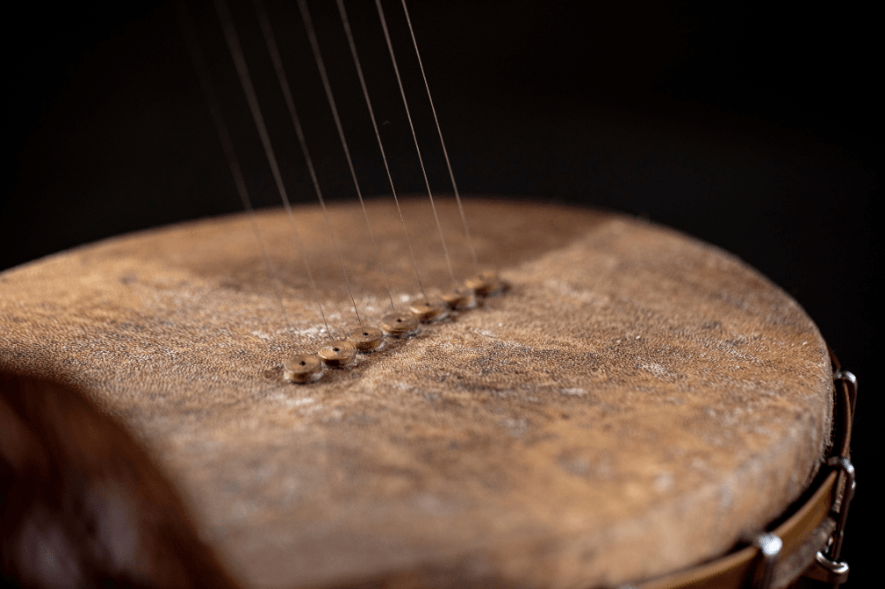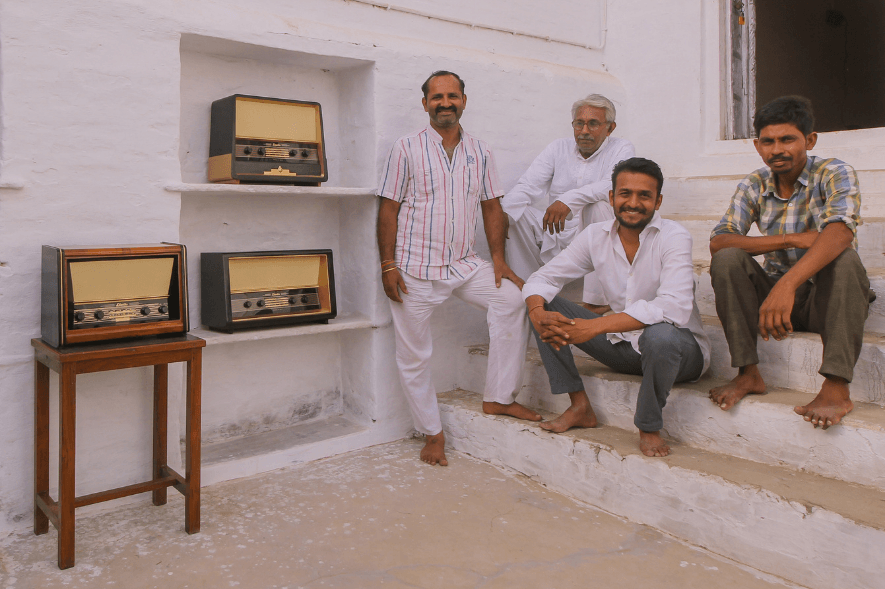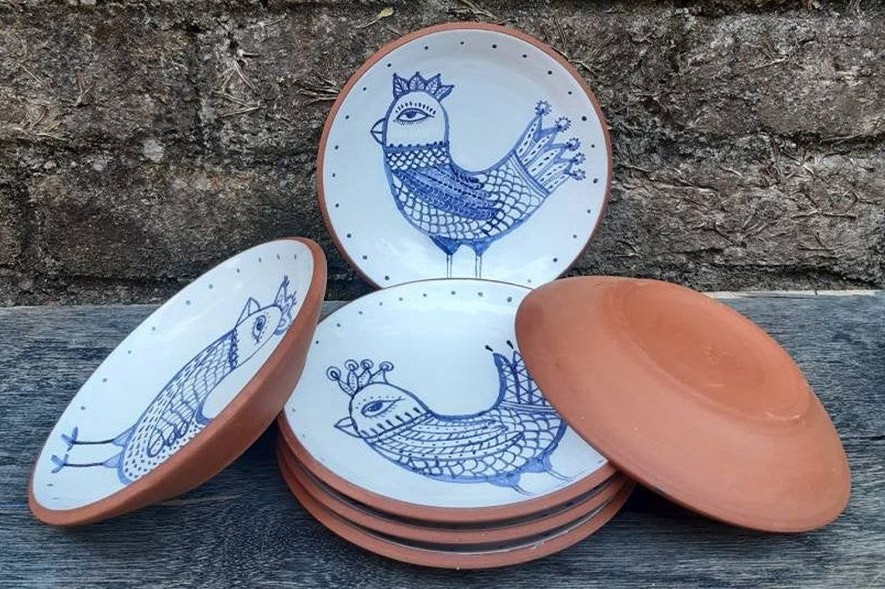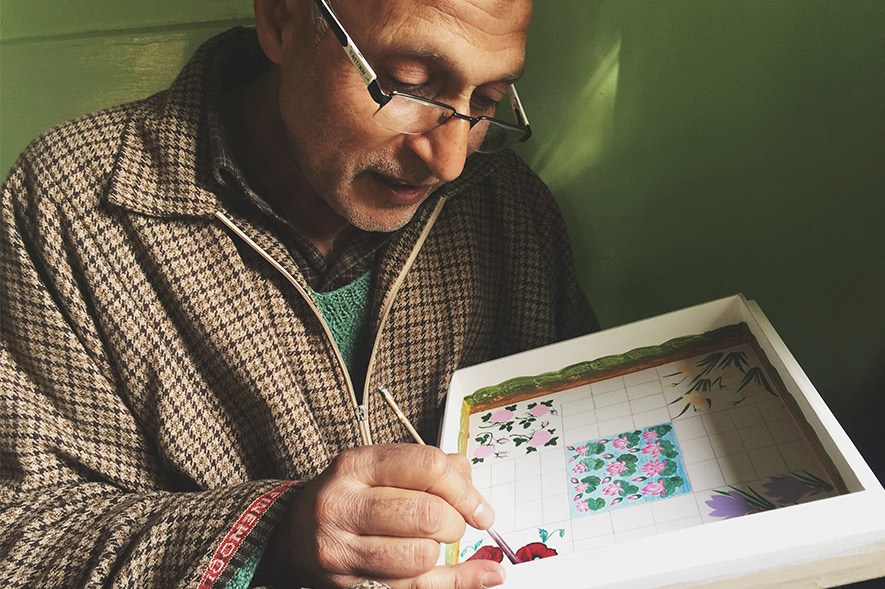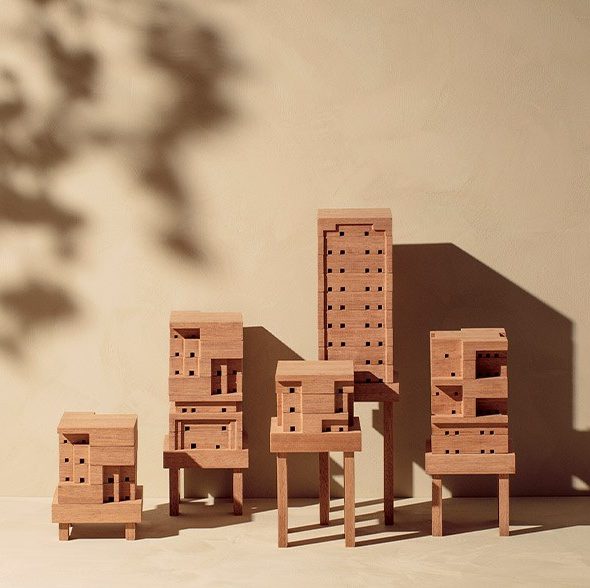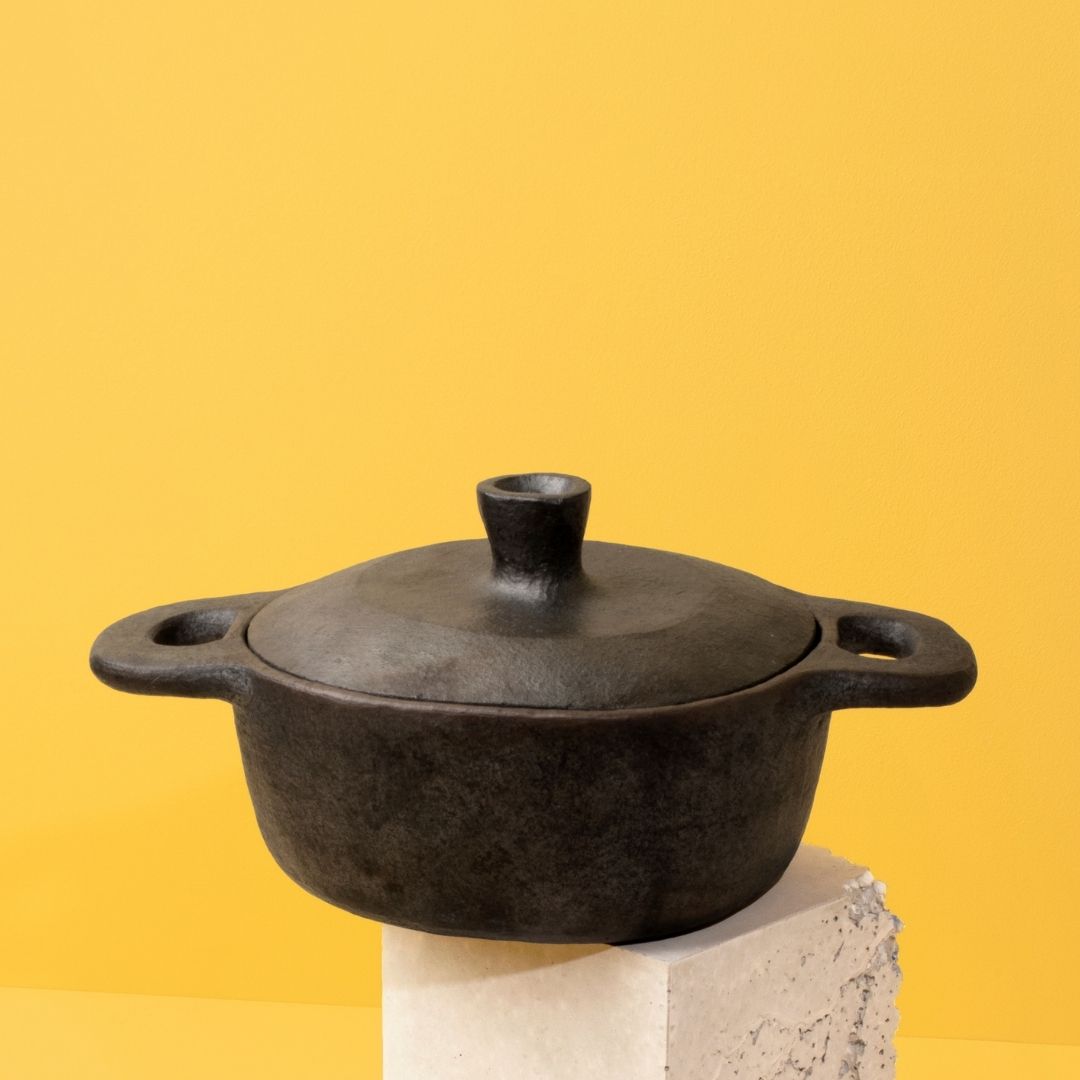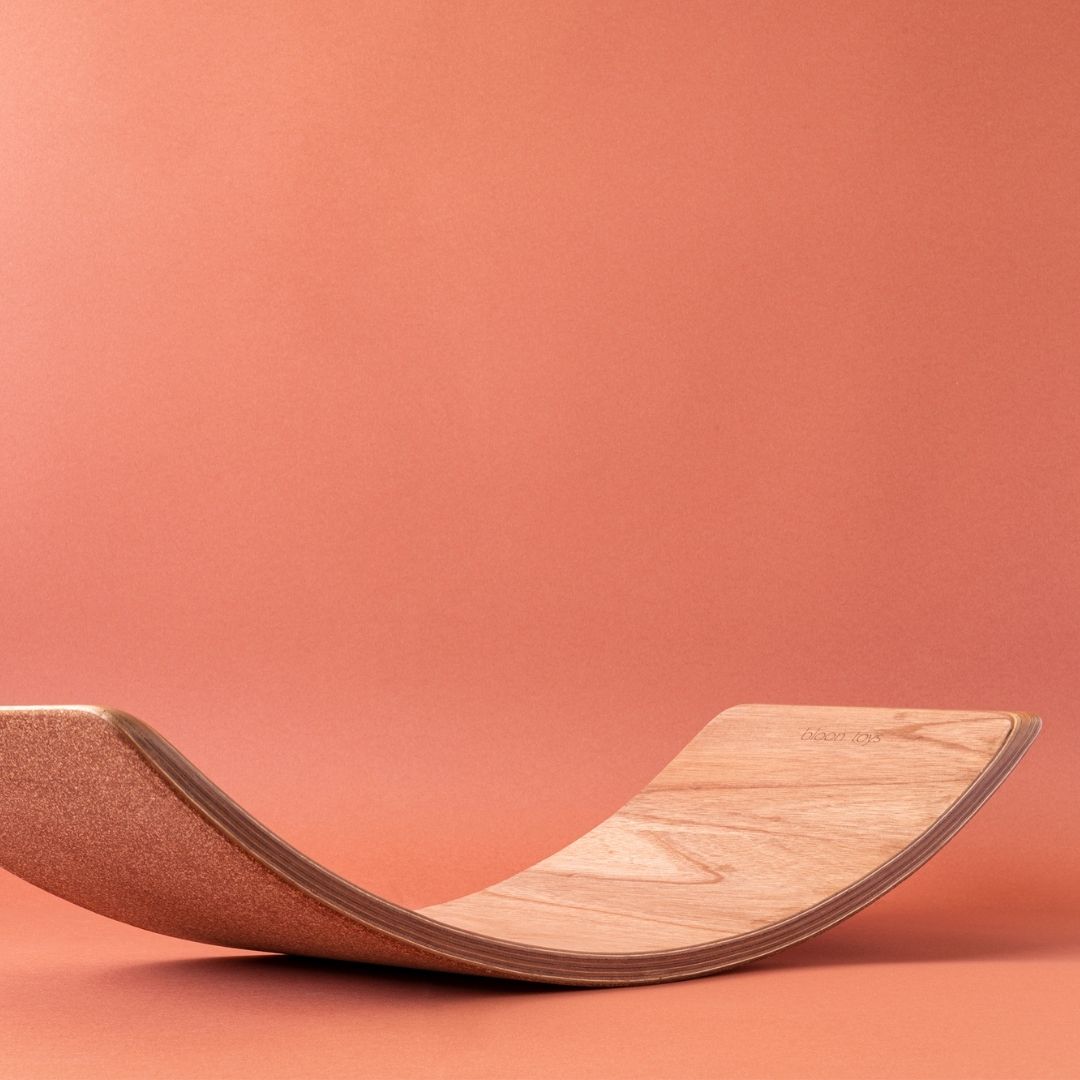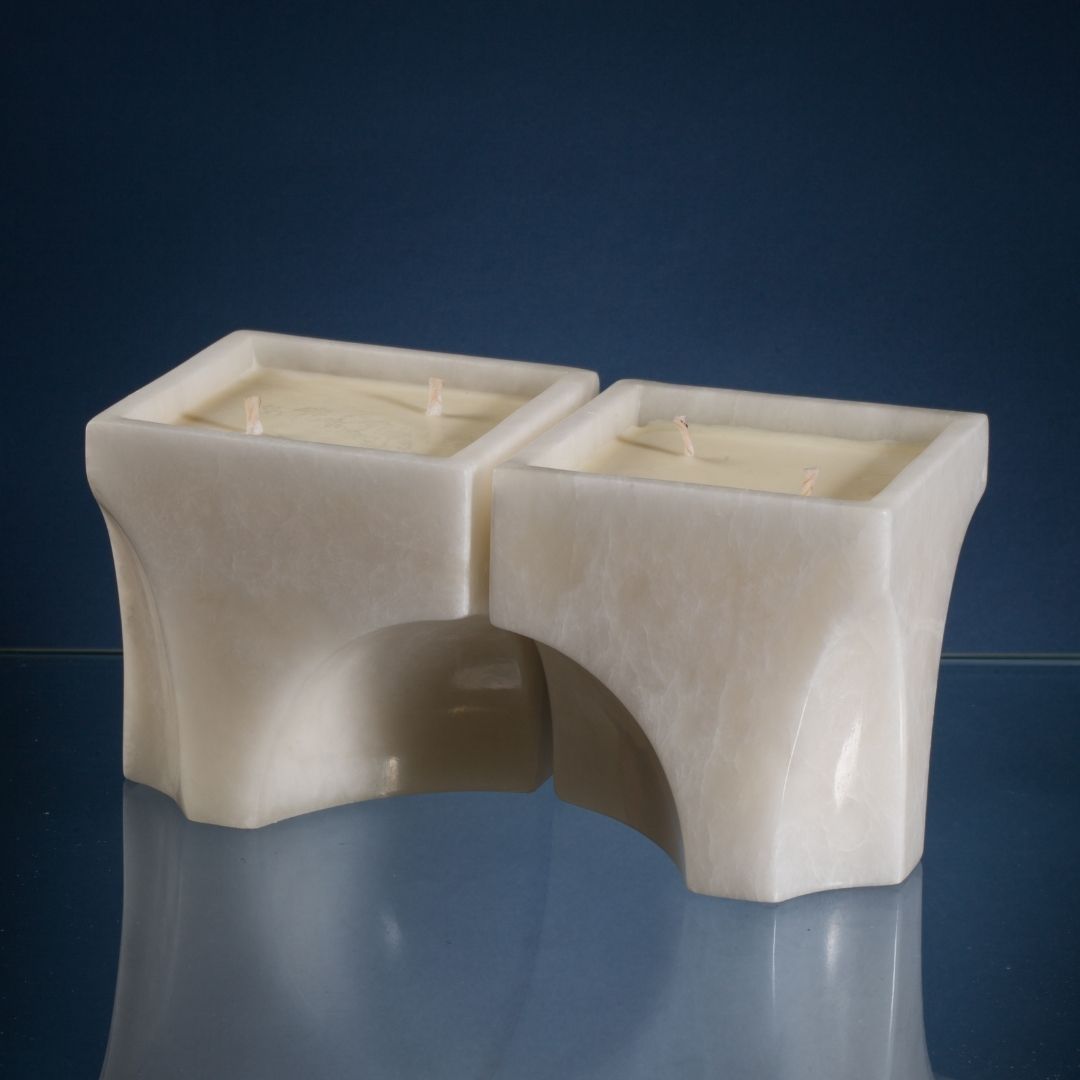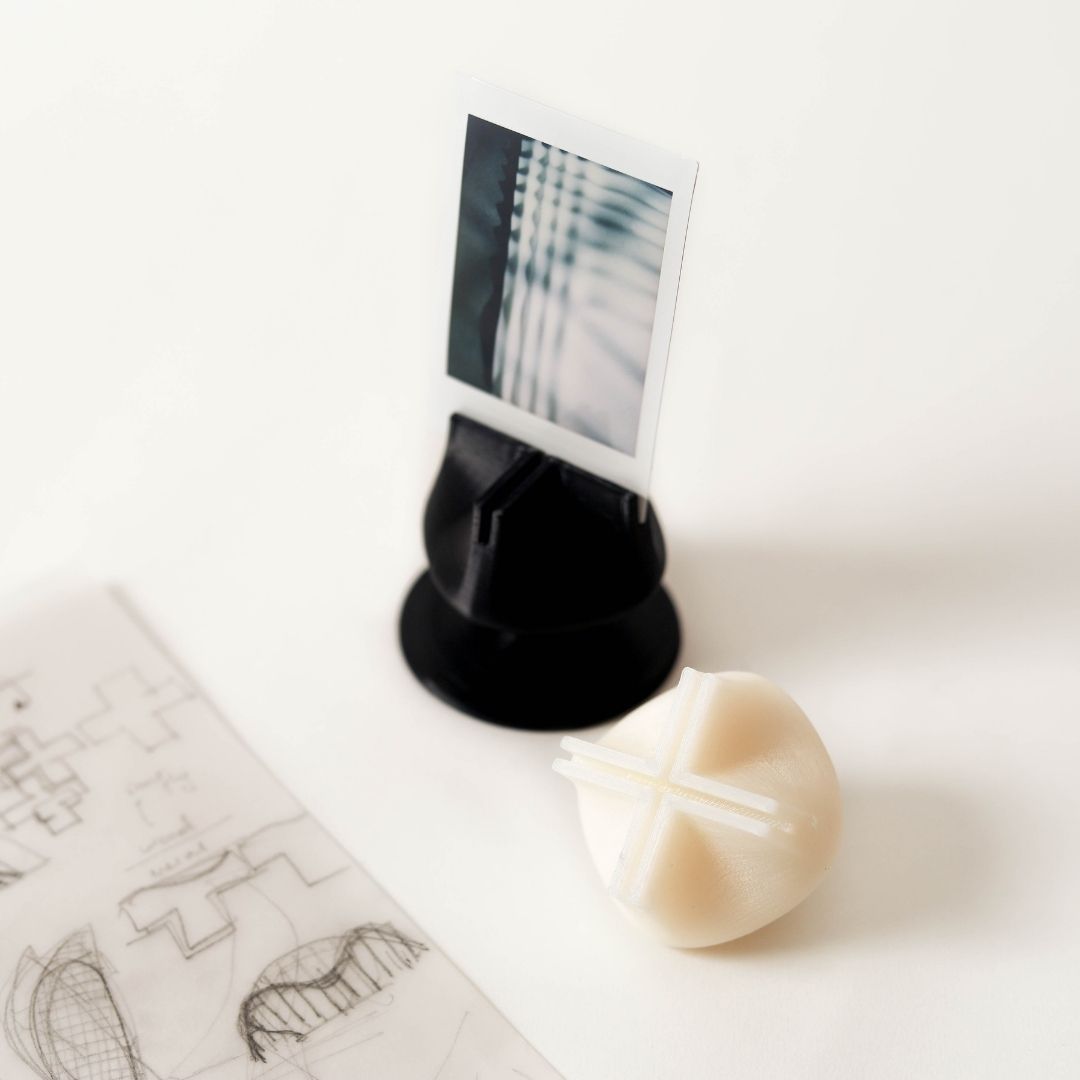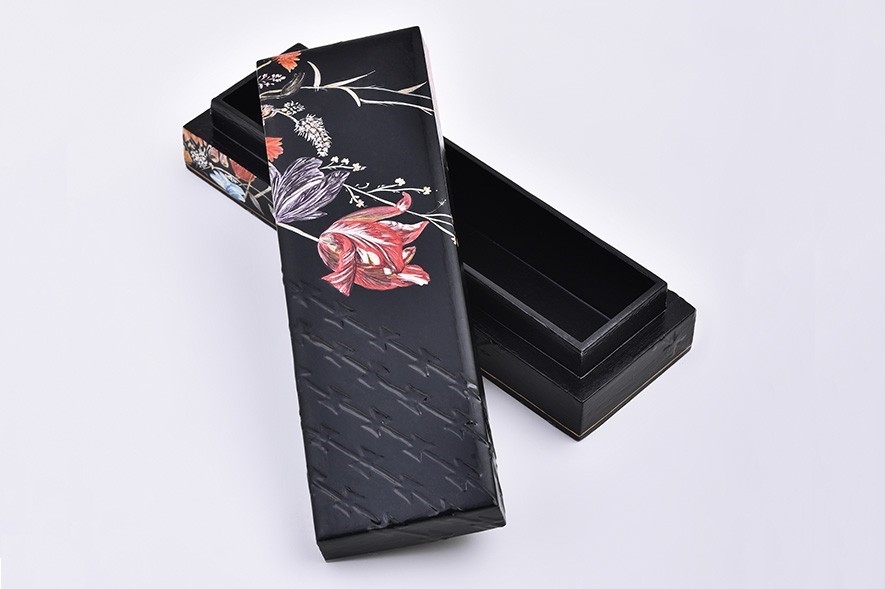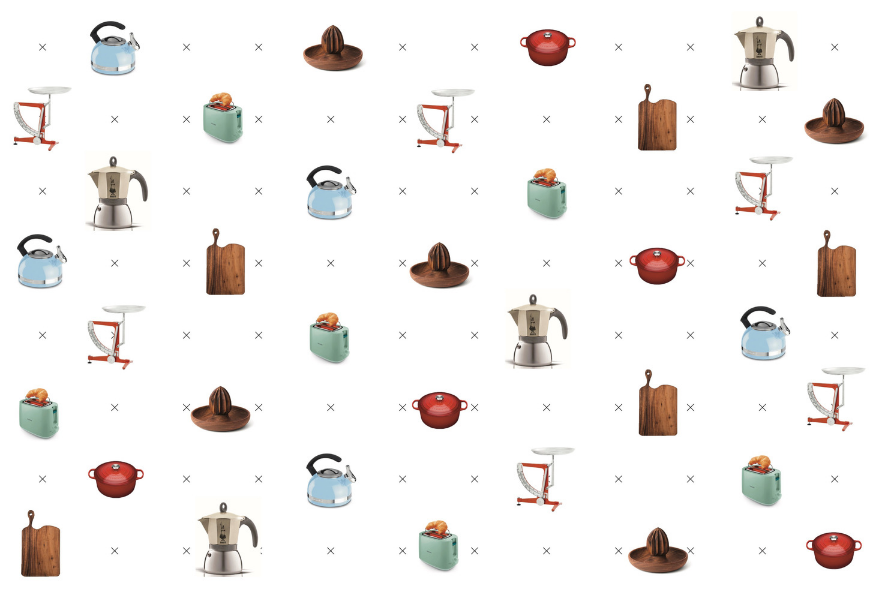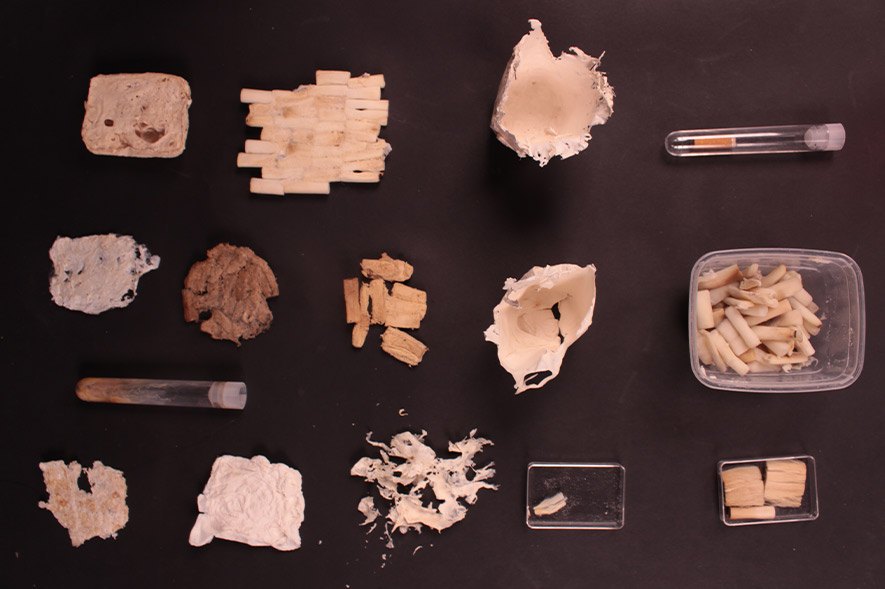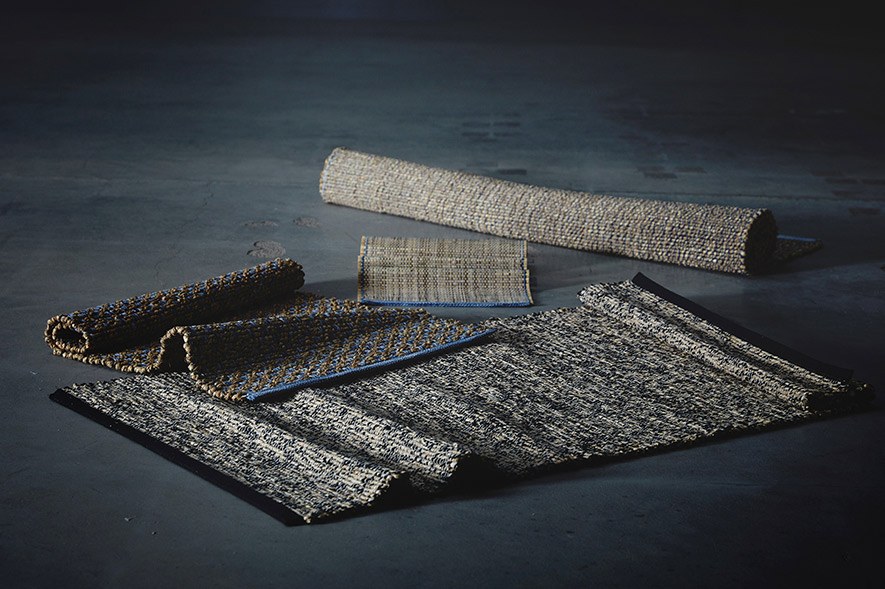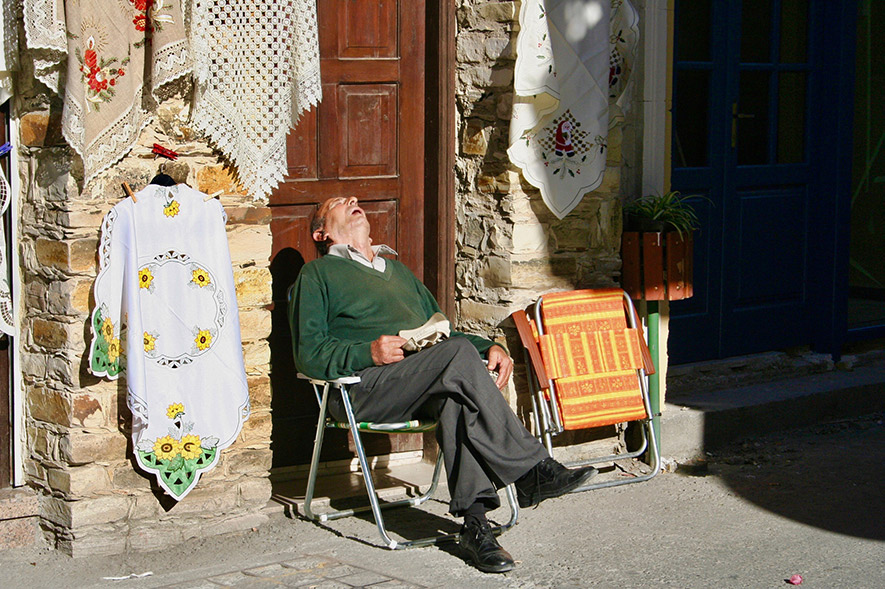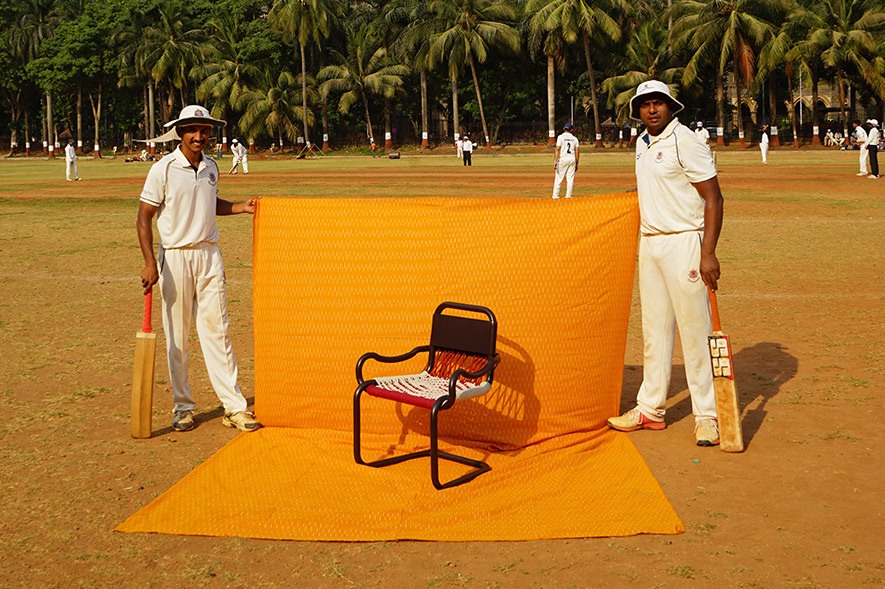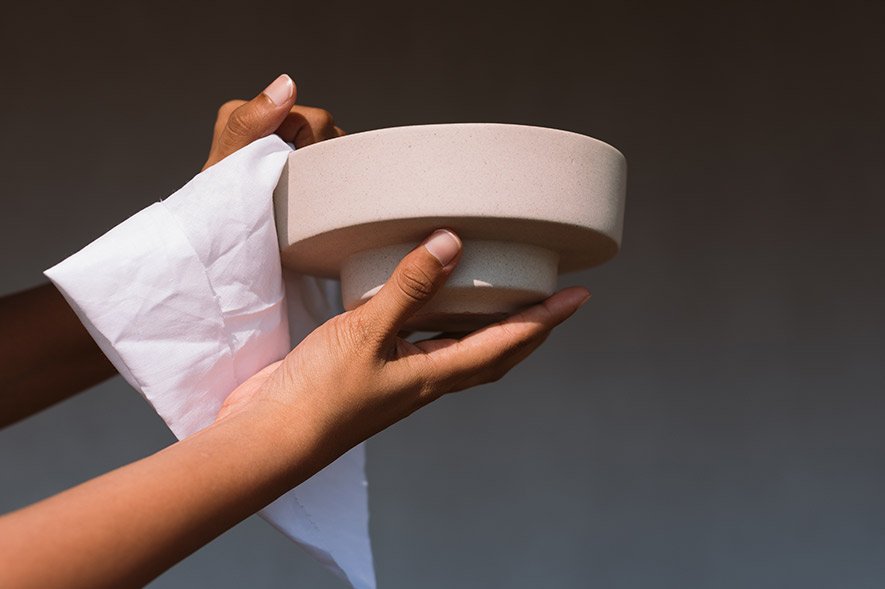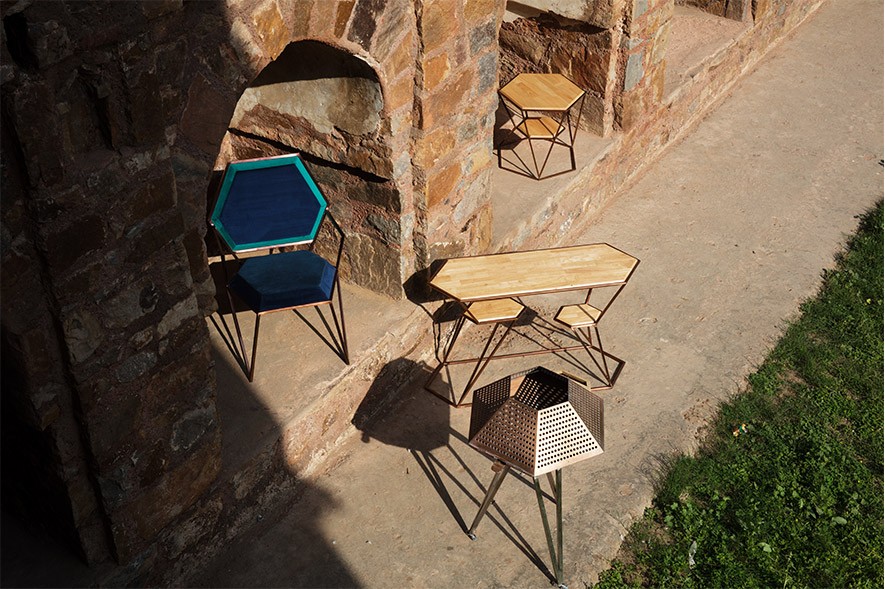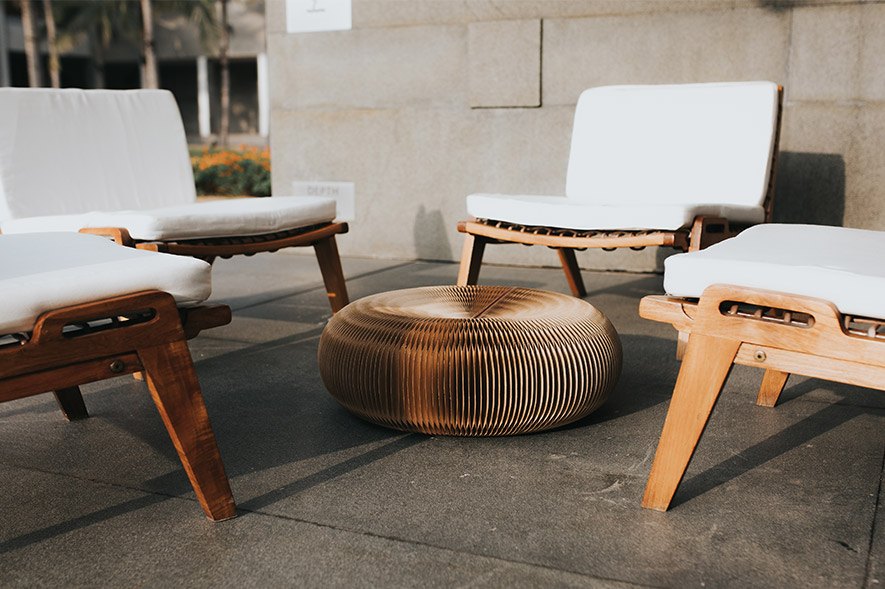About two years ago, while shopping for my son’s first pair of trainers, I was clear: The world does not need more squeaky toddler shoes. By nature, any incessant, shrill sound tests the listener’s sanity. It explains why the internet is filled with quick-fix content on how to stop everything, from door hinges to swings, squeaking. Pet parents are advised against noisy chew toys as they trigger hyperactive, destructive behaviour in dogs. And for us grown-ups, few situations are as embarrassing as making an entrance in squeaky footwear.
So why are pitchy kicks for sensitive, tiny humans considered fun, therapeutic even? Marketing notes say the pressure required to activate the squeaker encourages proper heel-to-toe walking — besides signalling a child’s whereabouts. Evolution proves we’ve done just as well without them.
Anyway, when I explained my non-requirement to the salesperson, he presented the option of a mute mode on said shoes. While I’m grateful for small mercies, it is still unsettling to have faces staring out from just about every other pair. Disproportionately designed characters seem to feature on most mainstream children’s fashion and accessories — with senseless captions and bad grammar to boot.
The exaggerated aesthetic extends to other genres of design for children too. Imagine a toy phone in saturated hues, streaming a backlit carousel of images. The buttons on its dial cue dodgy recordings of Vengaboys at decibel levels reminiscent of ’90s car-reverse music. Amid this assault on the senses, a child is left with little creative freedom for good ol’ pretend play. Then there are themed rooms that look like a well-loved animated film or book threw up over it. It’s all amusing until you’ve witnessed an overstimulated four-year-old at the end of a long day, running around his bed chanting, “So many Mick-a-Mouse.” (True story.)
The bells and whistles, both literally and figuratively, are obviously intentioned to attract kids. The irony is they are being designed for an audience who has a keen sense of awareness to begin with. My now 2.5-year-old’s observations are a case in point; he consistently surprises me with how he tracks pools of light transitioning across a space; or pauses in wonder every time he hears the coppersmith barbet’s call amid our busy city life; or correlates visual artist and author Oliver Jeffers’ illustration style between books.
Research says that most of the skills — with regard to sensory, motor and social development — that we require to process our world and coexist in it are honed during early childhood. Fortunately, as more people understand this, sensory-friendly design offerings for kids are gaining momentum the world over. American retail giant Target, for instance, recently introduced a line of children’s furniture conceptualised to subtly stimulate the senses. Educational spaces are being built in line with biophilic design principles that encourage the outdoors inside via contextual architecture, green walls, natural materials, organic forms and tactile textures. Homegrown examples include The Atelier, a Bangalore-based school, by Biome Environmental Solutions and Sharda School’s Maya Somaiya Library in Kopargaon, Maharashtra, by Sameep Padora & Associates.
The holistic benefits of what earlier generations practiced intuitively — like nature-based free play — are now being scientifically proven. Several local brands are also marrying the wisdom of the past with a contemporary aesthetic. A few examples include social enterprises like Varnam whose slurp-worthy Channapatna toys are crafted by artisans from the eponymous town in Karnataka, and The Color Caravan’s The Wool Folk Project that works with women in rural Himachal Pradesh to handcraft heart-warming plushies, clothes and more. Then there’s BORN by French designer Elodie Le Derf. Excepting its laidback-Parisian sensibilities, the luxury children’s clothing line is made locally, combining breathable Indian weaves with delicate embroideries and prints.
At its core, good kids’ design — much like any good design — should be responsive. It ought to engage and enable, rather than attract and detract. Childhood, after all, is the human body at its curious best.
Gretchen Ferrao Walker is an editorial consultant who has collaborated with Indian and international publications like GQ India, Forbes India, Time Out, Architectural Digest India, Design Anthology and Collectively.org. She is the former editor of travel bimonthly Time Out Explorer and current mum to a 2-year-old. She enjoys embroidering and making pictures.
Tell us what you think? Drop us a line.
